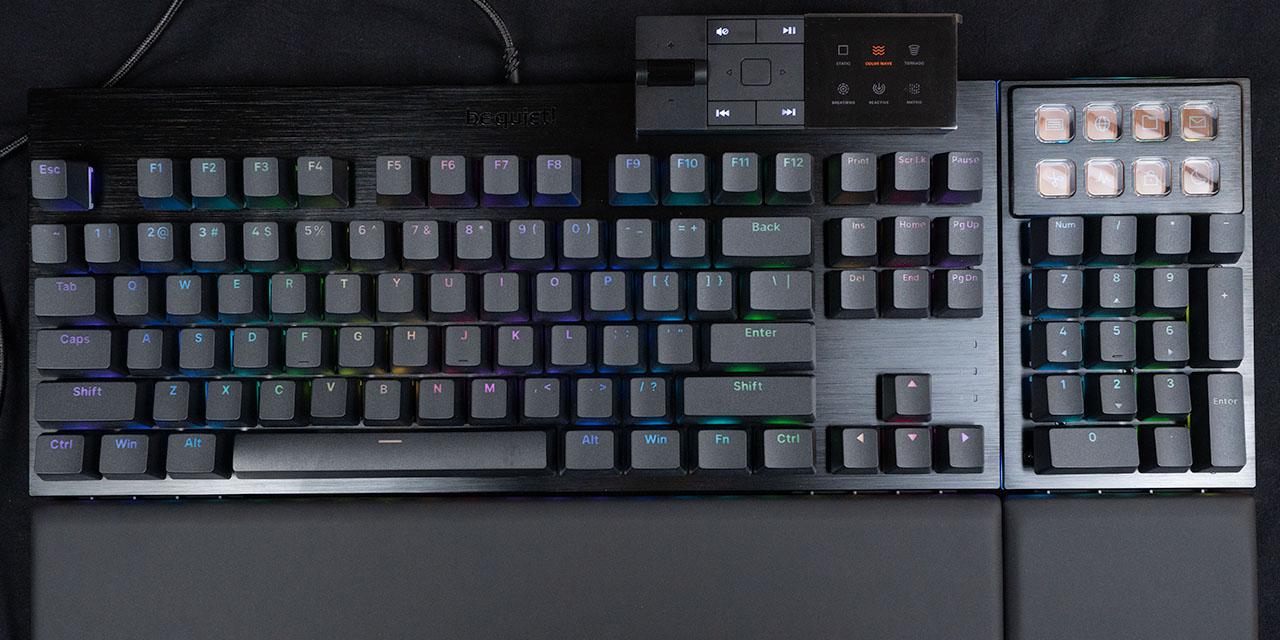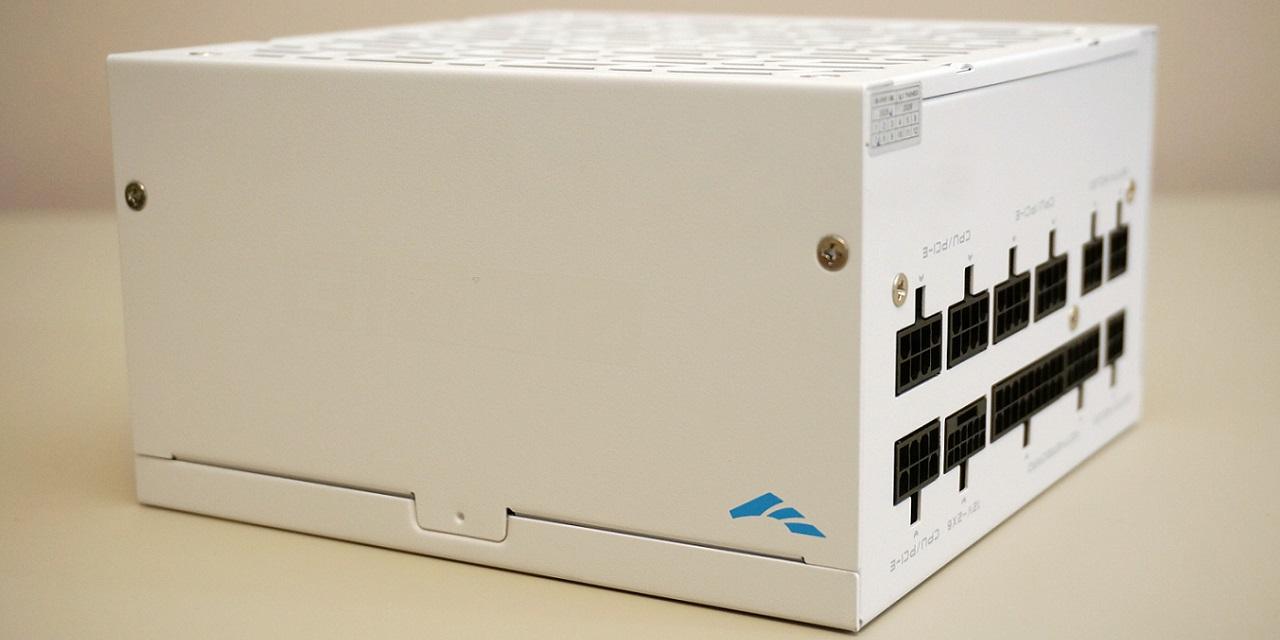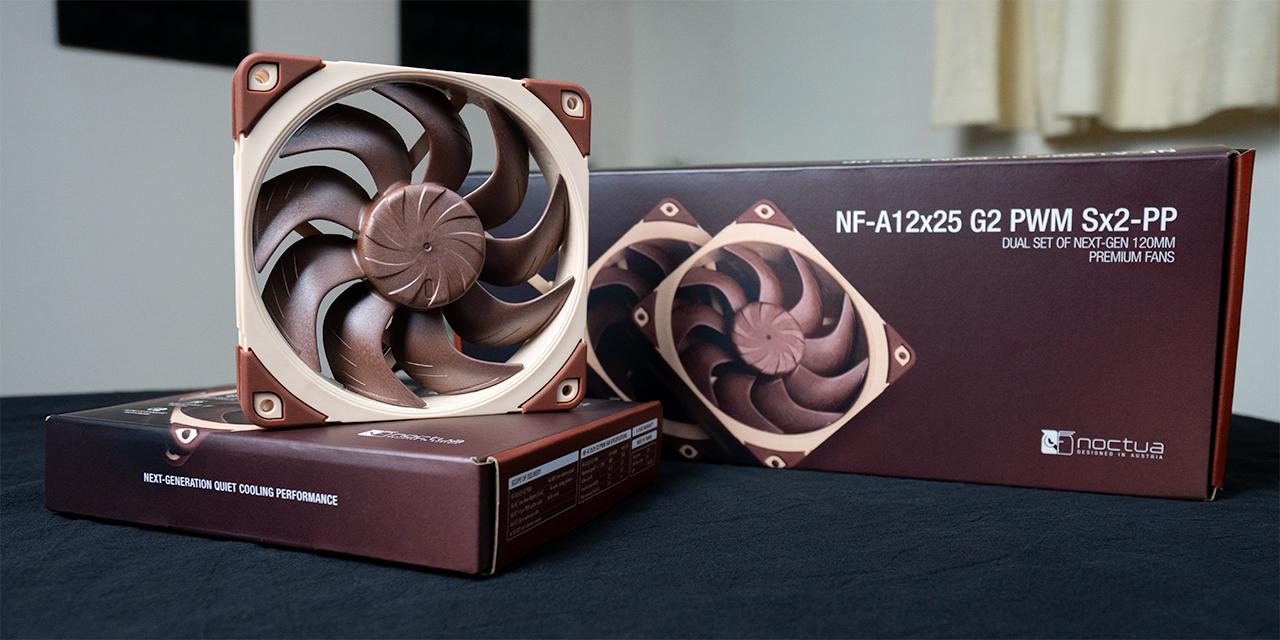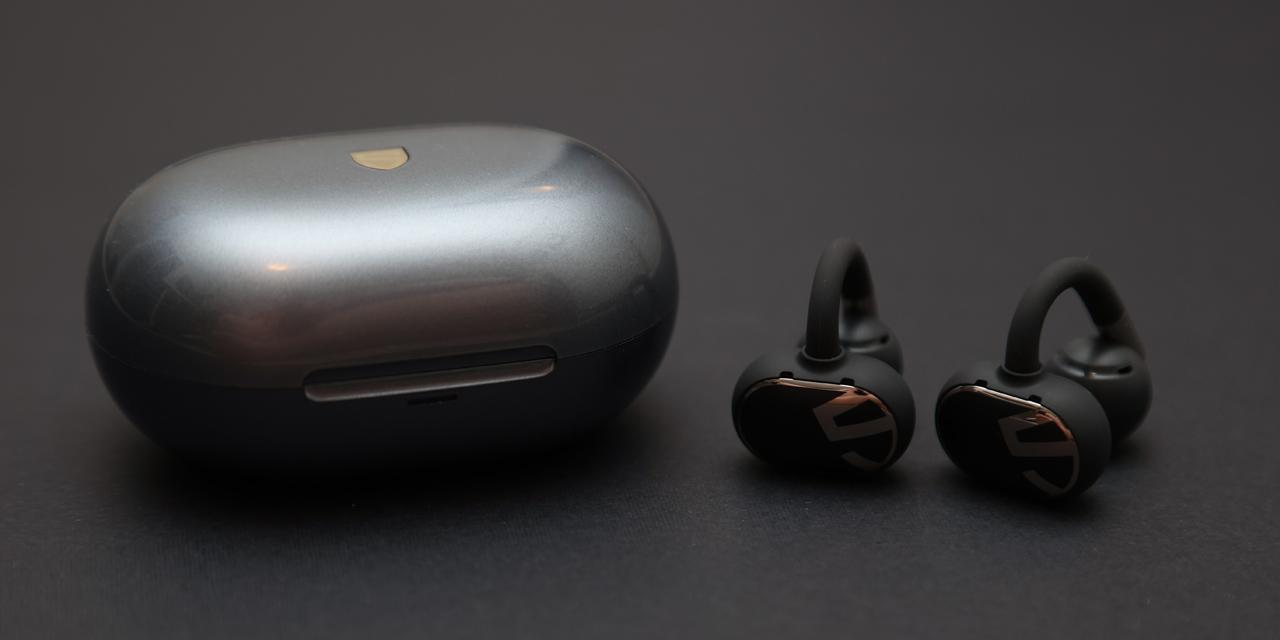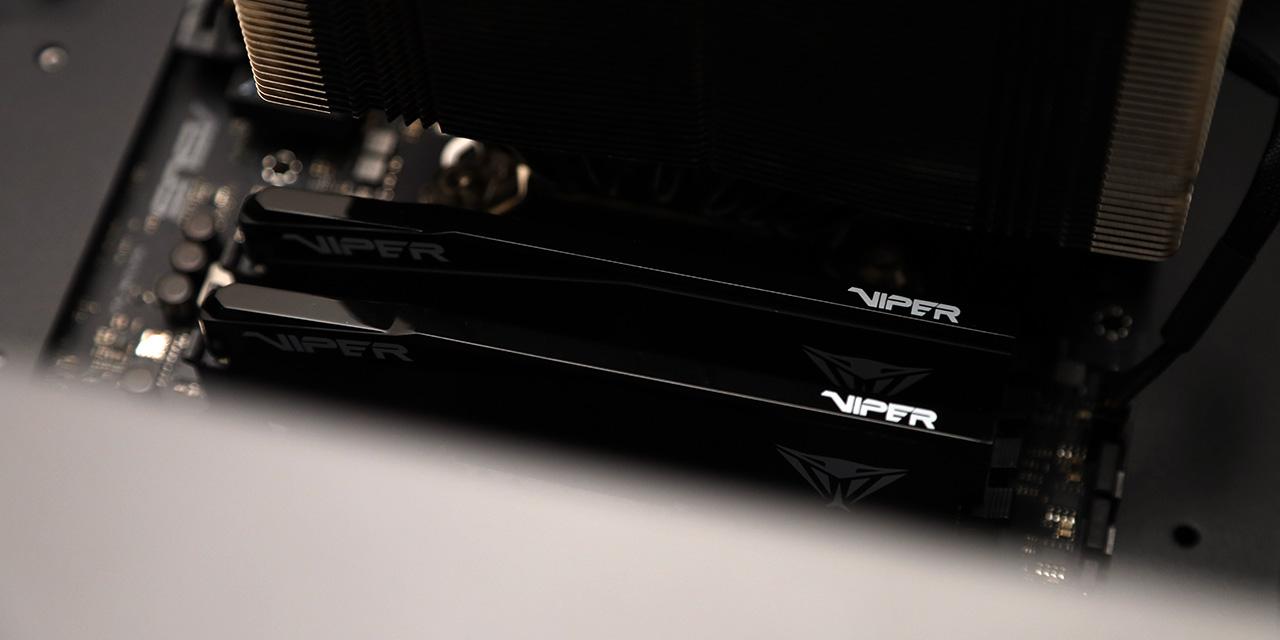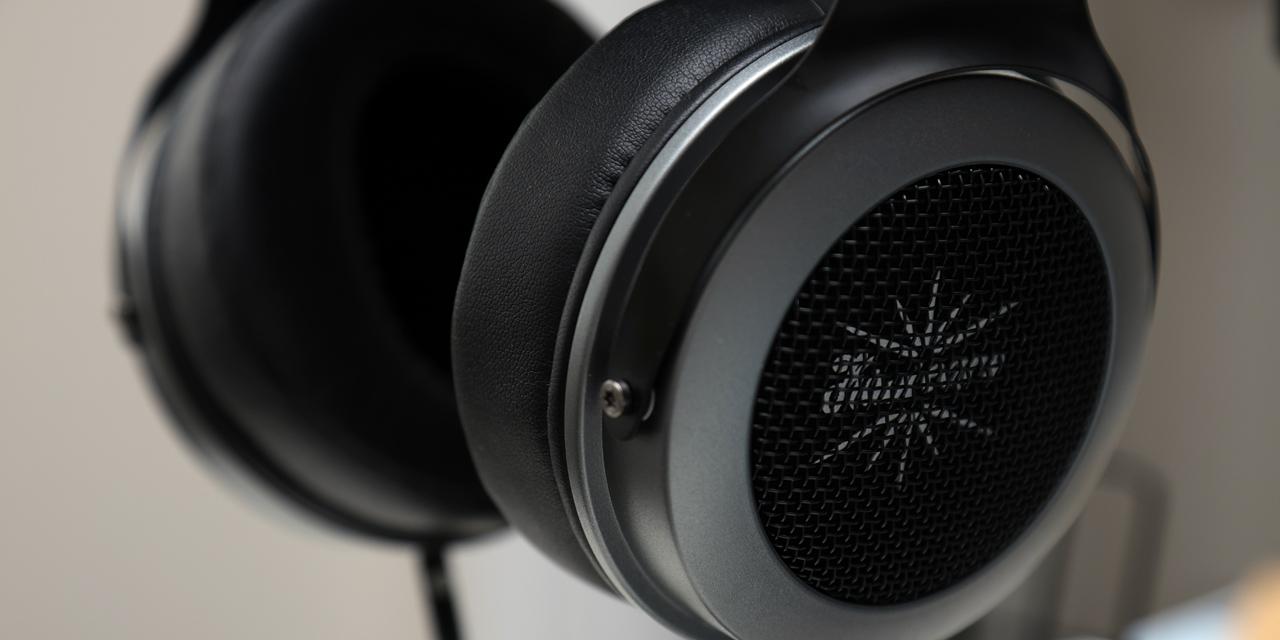Page 3 - A Closer Look - Disassembly and Internals

This is likely a skill issue, but I was unable to open the F99 Pro. After inspecting the case, I believe it should be possible to open it. The knob can be easily removed by pulling on it. The case seems to be made up of a top and a bottom part clipped together to house all the inner components. To open it would require releasing the clips, but I was unable to do so without feeling like I would break the case.
Although I was unable to inspect the insides of the keyboard, the manufacturer's website has a good amount of information. There are two 4000mAh batteries inside. The plate is gasket mounted, which dampens vibrations and adds flex. Five layers of extra materials are added to the keyboard, including a sandwich foam, IXPE switch pads, PET film, bottom foam, and silicone case pad. These layers further contribute to the flex and dampening of sound. The sandwich foam and bottom foam are a bit ambiguous, since there are many types of foams people could use for keyboard modding. The PCB has flex-cuts, which are long gaps intentionally designed into the board to allow flex. It also lowers the frequency of the sound it emits, as it is less stiff. This is similar to how a guitar string's pitch drops when it is loosened. The PCB also might not make much sound due to the abundant amount of foam reducing its vibrations. One pattern seen again and again in the F99 Pro internal design is flex. I mentioned before that the keyboard has a good amount of flex when pressing down on the keys, and these design choices explain why.

The switches are hot-swappable plate-mounted using five pins with IXPE switch pads separating them. There might be more layers of dampening materials between them, but it was difficult for me to check without ripping the IXPE pads. The stabilizers are Cherry MX with factory-lubing. No rattling is heard when the Enter, Backspace, space bar, and Shift keys are pressed. The LEDs are south-facing to ensure compatibility with the keycaps. They also diffuse the light more compared to north-facing ones.

There are two switches available for the F99 Pro. However, the choice depends on which style of the keyboard is chosen. The top-printed keycaps come with the Star Arrow Linear Switch, while the side-printed version comes with LEOBOG Nimbus Linear Switch V3. I have top-printed keycaps, so mine are the Star Arrow Linear Switch. I have very limited information on these switches, as there is currently no technical information available for them. From visual inspection, I noticed that they are not factory lubed. The top housing attaches to the bottom housing through the wing latch mechanism rather than the more common four-pin version. The nameplate on the top housing shows these switches are also made by LEOBOG.
Page Index
1. Introduction, Packaging, Specifications
2. A Closer Look - Hardware and Software
3. A Closer Look - Disassembly and Internals
4. Conclusion
